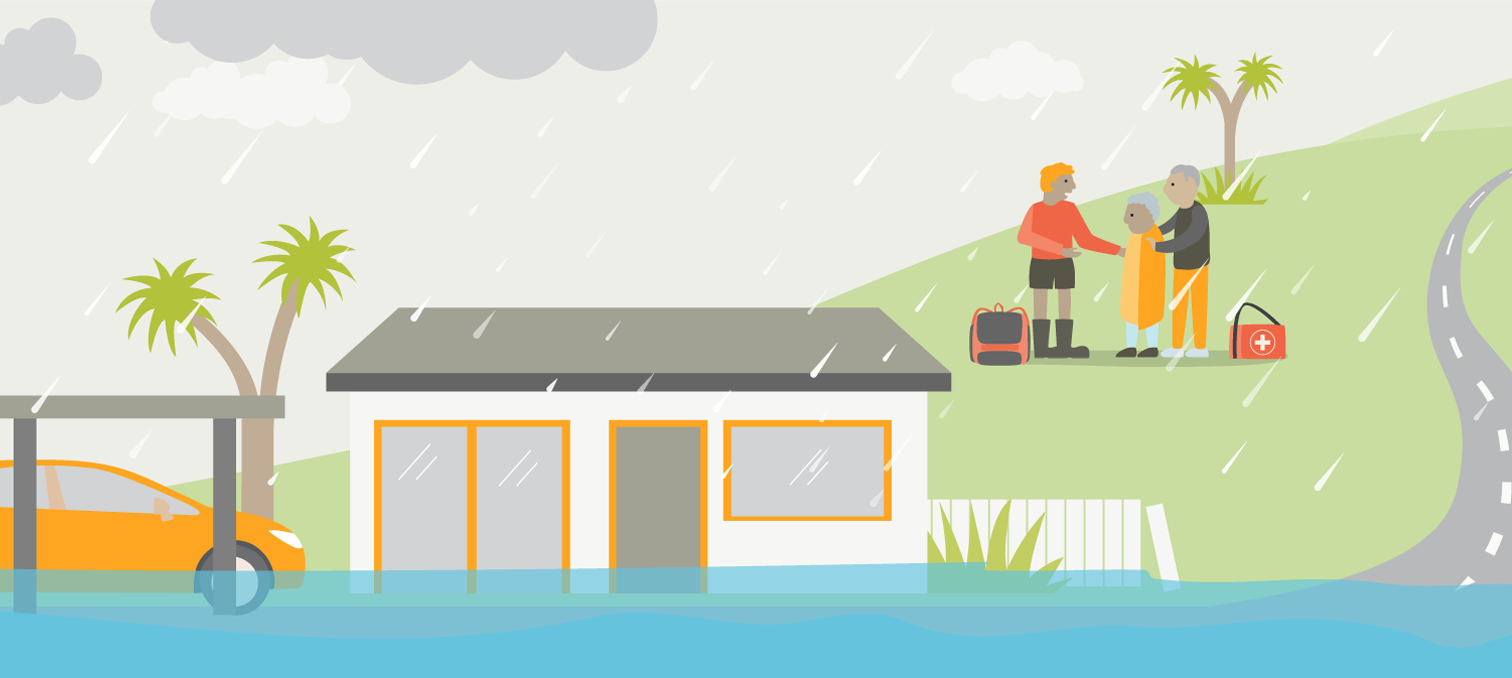
Get prepared for floods
Before
- Find out about the different types of flooding (below).
- Your local council may have information available on urban flooding.
- Check your river flood risk on Greater Wellington Regional Council's River Flood Map.
- Stay informed: through MetService, WREMO and radio.
- Make a household plan for if access to your house is cut off, or you need to evacuate due to flooding. Plan the safest evacuation routes you could take. All members of the household should know where to evacuate to, what routes to take if you need to leave, and where to meet each other afterwards.
- If you have livestock, make a plan for how you’ll keep them safe from flood waters.
- Ensure you have a grab bag ready to go and a plan for your pets and/or livestock.
- Clear leaves and debris from external drains to help prevent surface flooding.
- If flooding is expected
- Move your valuables/furniture as high above the floor as possible. Use watertight containers to store important items.
- Lift curtains, rugs and bedding off the floor.
- Bring outdoor belongings, such as patio furniture, indoors.
- Consider using sandbags to keep water away from your home.
- Check that your house and contents insurance covers you for flood events.
During
- Stay informed - Listen to the radio and follow instructions of emergency services. Visit WREMO and your local council on their social media and website.
- Stay out of flood water - never try to walk, swim, or drive through flood water. Many flood deaths are caused by people driving through water, or people playing in flood water.
- Evacuate if you feel unsafe - do not wait for an official warning. Follow your emergency plan, take your pets and grab bag.
- Always assume that flood water is contaminated with farm run-off, chemicals, and sewage. Contaminated flood water can make you sick. Make sure you wash your hands, clothes, and property after contact with flood waters.
- Bring pets inside and move livestock to higher ground, in line with your emergency plan.
- If advised, turn off water, electricity and gas
- Check on your neighbours and anyone who may need your help if safe to do so.
After
- If you've had to leave your home, you should only return once officials advise it is safe to do so. It may not be safe even when flood waters have receded.
- Look before you step - the ground may be slippery or covered with debris including broken glass.
- Stay away from damaged areas.
- Help others if you can.
- If your property is damaged, contact your insurance company as soon as possible. If you rent your property, contact your landlord and contents insurance company. Check with your insurer before cleaning up. They may need specific photos or information provided to them.
- Throw away any food, including canned goods, or drinking water that has come into contact with flood water as it could make you sick. Avoid drinking or preparing food with flood water until you are certain it is not contaminated.
- Follow any boil water notice instructions from Te Whatu Ora/Health NZ or Emergency Management.
- Clean up carefully and take care around remaining flood water - you may need to wear protective gear such as gloves, sturdy footwear and protective clothing that covers your arms and legs.
There are 4 main types of flooding:
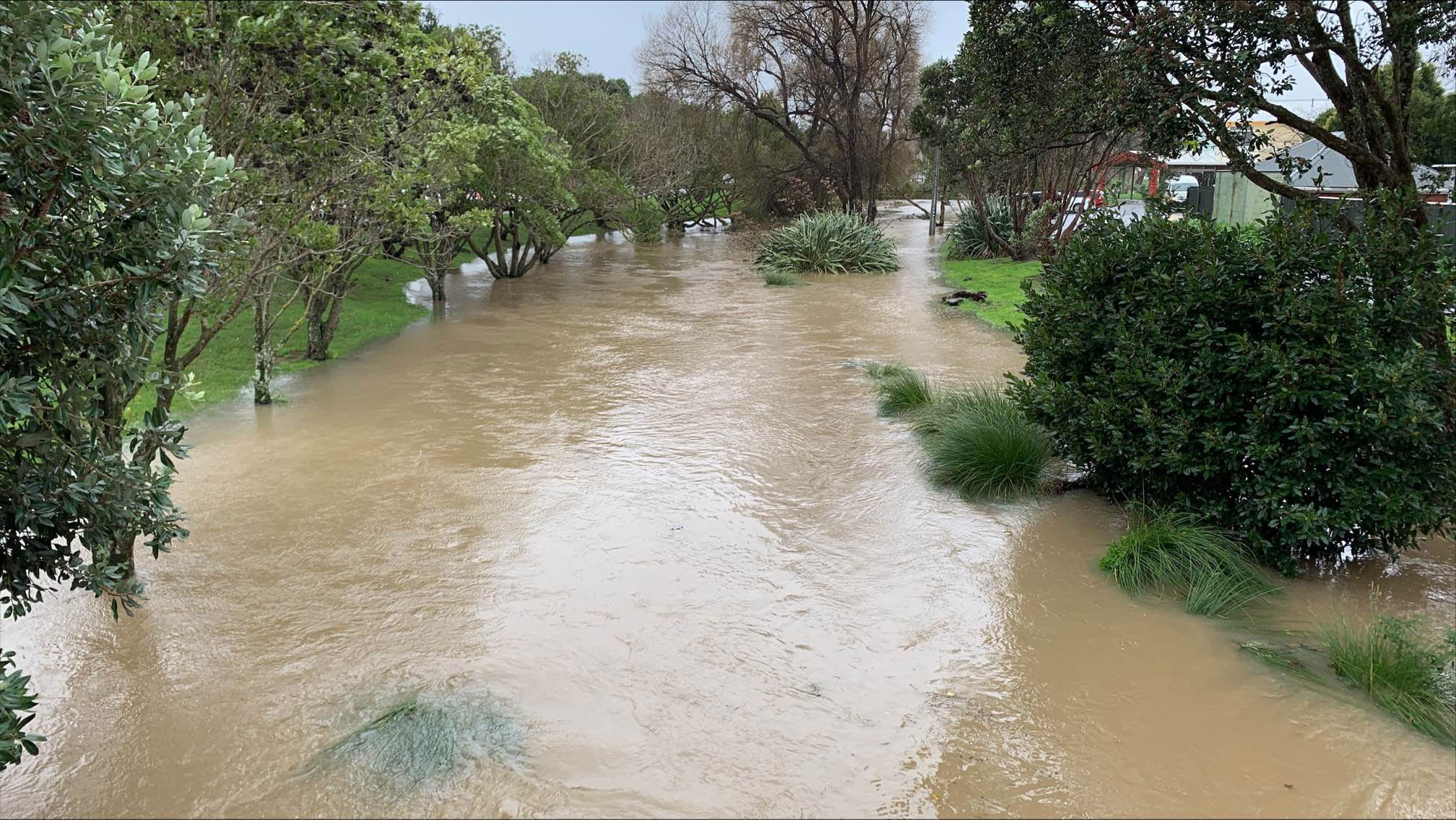
Rising Rivers
Rising Rivers are caused by heavy rain which can cause rivers to overflow their banks onto the floodplain (the flat section next to a river).
Find out if you live or work near a river at risk of flooding
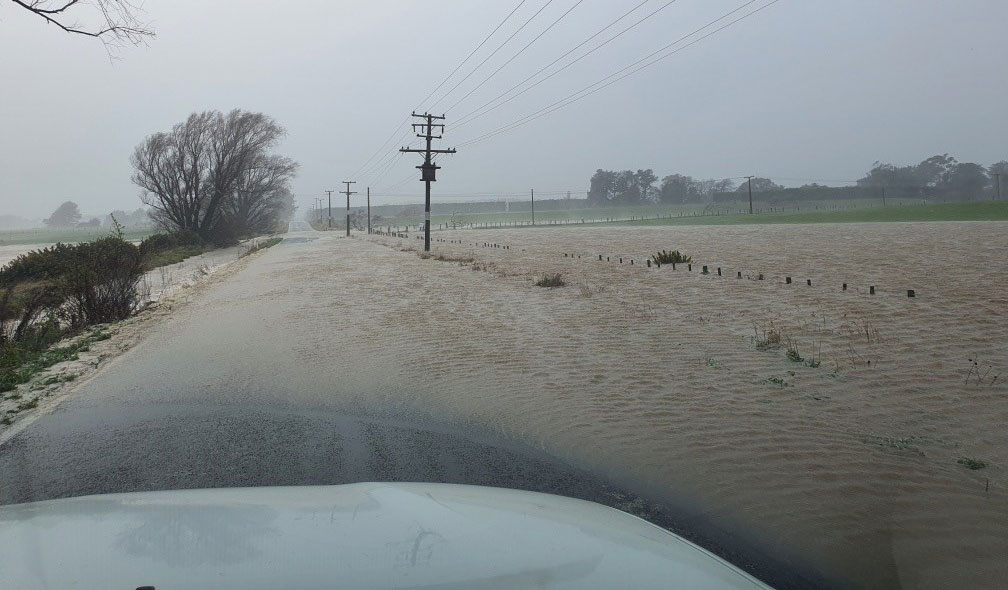
Flash floods
Flash floods are caused when heavy rain falls in a small area with little warning.
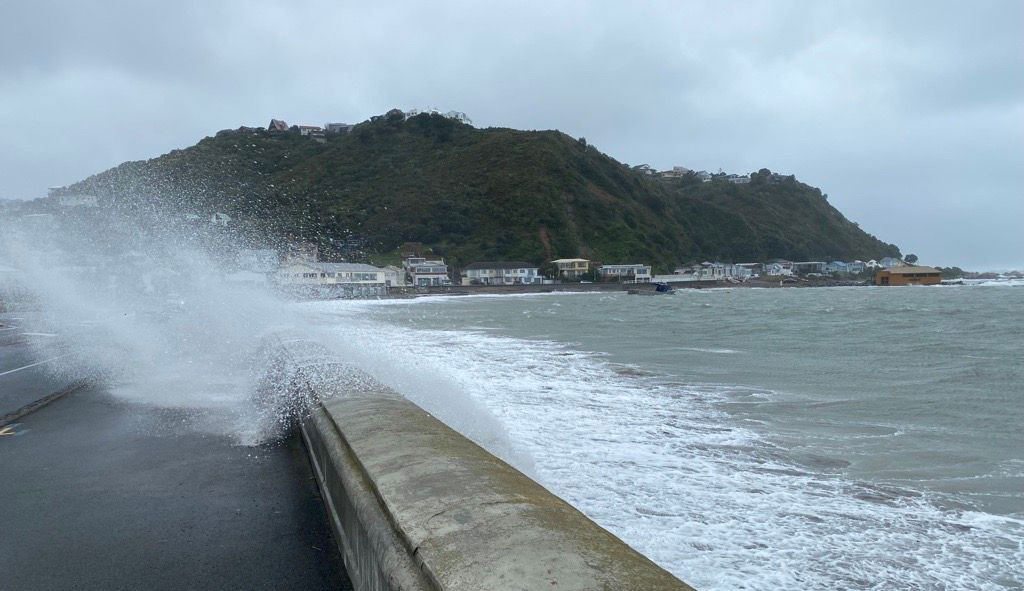
Coastal areas
Coastal areas can flood because of unusually high tides, swells, or tsunami.
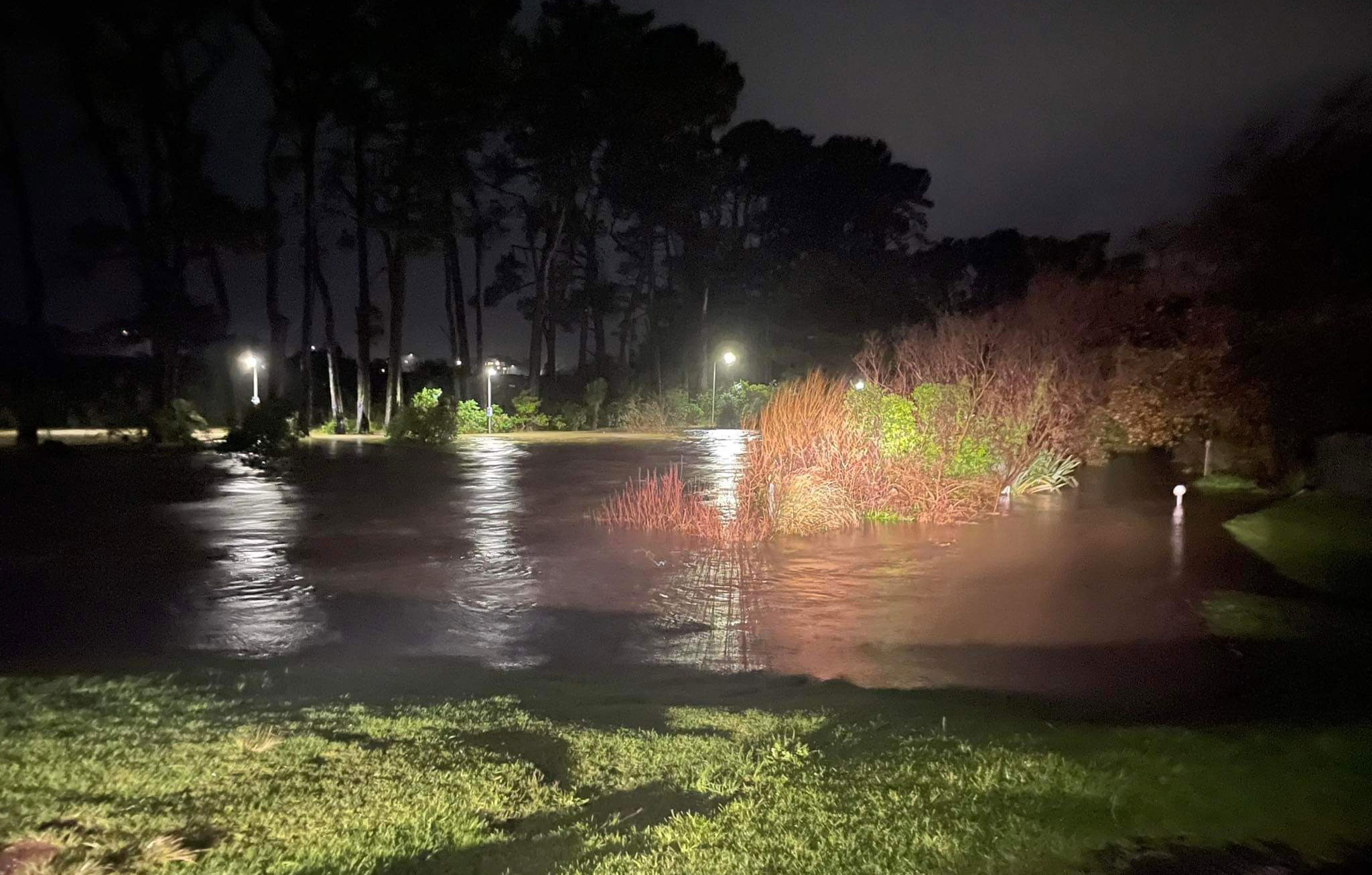
Urban flooding
Urban areas can flood when the rain falls faster than the storm water system can manage, or when storm water drains become blocked. These floods usually happen quickly and can block roads and damage buildings.
You can find out more about this on the Wellington Water website